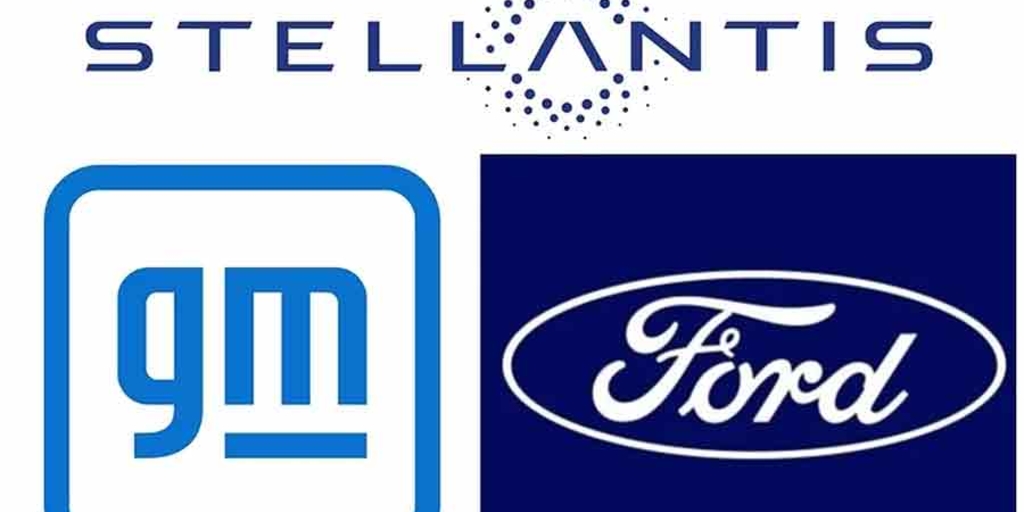In a high-stakes game of labor talks, General Motors and Chrysler parent company, Stellantis (NYSE: STLA), were deep in discussions with the United Auto Workers (UAW) on Thursday, striving to bring an end to a six-week-long strike. This development came on the heels of Ford Motor (NYSE: F) successfully hammering out a tentative contract deal a day earlier, setting a benchmark for the entire Detroit trio. As Ford secured the first victory, negotiations between UAW and GM and Stellantis were in full swing. Sources suggested that GM and the UAW were making significant progress on economic matters. With GM’s CEO Mary Barra and UAW President Shawn Fain at the negotiating table, there was optimism that a deal could be reached by the evening, although caution prevailed as nothing was yet set in stone.
Ford’s recent agreement, still pending union member ratification, boasts a 25% wage increase over the life of a 4.5-year contract, enhanced retirement contributions, and the elimination of lower-pay tiers for specific operations at Ford. It also reduces the time for workers to reach top pay from eight years to just three, and grants the UAW the right to strike over plant closures. Ford’s Chief Financial Officer, John Lawler, revealed that the strike had cost the automaker $1.3 billion in earnings and 80,000 vehicles, acknowledging that the restart would be a complex process. The labor deal is expected to add $850 to $900 in higher labor costs per vehicle for U.S. production. Despite the contract’s success, the fate of battery plant workers remains a significant point of contention.
This labor negotiation marks a turning point, rolling back concessions made by the UAW since 2007 when the auto industry faced dire financial challenges. However, it doesn’t meet the initial demands of a 40% pay hike, a 32-hour workweek, and the return of defined benefit pensions. While the car manufacturers are in a more stable position today, they argue that excessive pay increases could hinder their competitiveness in the future, especially against lower-cost rivals like Tesla (NASDAQ: TSLA), the electric vehicle leader. The deal translates to a more than 33% increase in total pay when considering compounding and cost-of-living adjustments, according to the UAW. The auto industry’s labor landscape is undoubtedly evolving, with Ford’s success setting the pace for a new era of negotiations.



